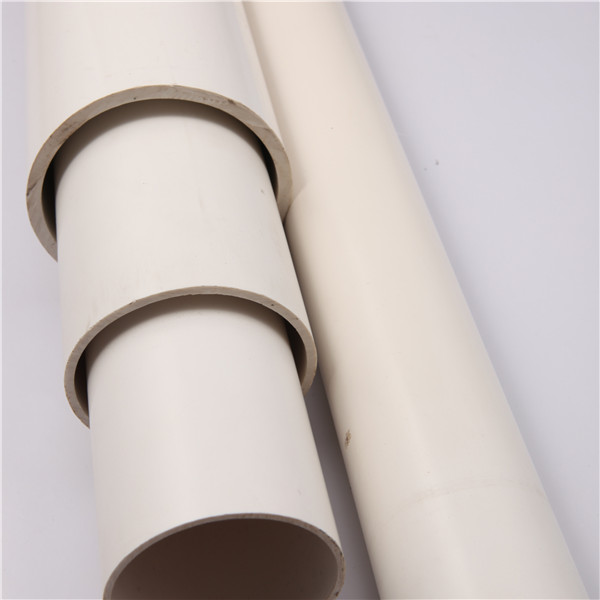Oct . 15, 2024 17:55 Back to list
Understanding HDPE Water Pipes and Their Application in Modern Water Supply Systems
The Advantages of HDPE Water Pipes
High-Density Polyethylene (HDPE) has gained significant traction in the water supply industry over the past few decades. As the demand for efficient, durable, and sustainable piping solutions increases, HDPE water pipes stand out for their myriad advantages. This article delves into the benefits of HDPE water pipes, exploring their versatility, durability, and environmental impact.
What is HDPE?
High-Density Polyethylene is a thermoplastic polymer made from petroleum. Its high density gives it strength and rigidity, making it an ideal material for constructing water pipes. HDPE is renowned for its resistance to various chemicals and environmental conditions, which is essential when considering the transportation of water—our most critical resource.
Durability and Longevity
One of the most significant advantages of HDPE water pipes is their durability. HDPE pipes have a lifespan of over 50 years, often exceeding 100 years without compromising functionality. Unlike traditional materials such as iron or concrete, HDPE is immune to corrosion, which is a common issue in water distribution systems. Additionally, HDPE pipes are less prone to cracking and are resistant to stress caused by soil movements, making them ideal for various geological conditions.
Flexibility and Ease of Installation
HDPE pipes are highly flexible, which allows for easy installation, even in difficult terrains. Their lightweight nature means they are easier to transport and handle compared to heavier materials. This flexibility also enables HDPE pipes to be coiled, reducing the need for joints and fittings, which are common points of failure in traditional pipe systems. The reduced number of joints minimizes potential leaks and ensures a more efficient water distribution system.
hdpe water pipe

Resistance to Chemicals and Biological Growth
Another critical advantage of HDPE pipes is their resistance to a wide range of chemicals. This trait makes them suitable not only for potable water but also for systems that transport wastewater and industrial effluents. Furthermore, the smooth inner surface of HDPE pipes minimizes the likelihood of biofilm formation, reducing the growth of bacteria and other pathogens that could contaminate the water supply.
Environmental Impact
In an era where sustainability is paramount, HDPE water pipes offer several environmental benefits. They are 100% recyclable, which means that at the end of their life cycle, they can be repurposed without generating waste. The production of HDPE also has a lower carbon footprint compared to traditional pipe materials like PVC or concrete. Additionally, their durability means fewer replacements over time, leading to reduced resource consumption and less disruption to the environment.
Cost-Effectiveness
Although the initial cost of HDPE pipes might be comparable or slightly higher than conventional materials, the long-term savings associated with their durability and low maintenance requirements make them a cost-effective solution. Fewer repairs, replacements, and lower associated labor costs contribute to significant overall financial savings for municipalities and industries alike.
Conclusion
In summary, HDPE water pipes present a robust solution for modern water distribution systems. Their unparalleled durability, ease of installation, resistance to chemicals, and minimal environmental impact make them an attractive option for water infrastructure projects. As cities and industries strive to modernize their water supply systems, HDPE pipes are clearly positioned to play a vital role in ensuring the reliable and efficient delivery of this essential resource. Investing in HDPE technology today will not only benefit current needs but also safeguard water supplies for future generations.
-
High-Quality PPR Pipes and Fittings Durable ERA PPR & PVC PPR Solutions
NewsJul.08,2025
-
Black HDPE Cutting Board - Durable, Non-Porous & Food Safe HDPE Plastic Cutting Board
NewsJul.08,2025
-
High-Quality CPVC Panel Durable HDPE & PVC Panels Supplier
NewsJul.08,2025
-
Double PE Welding Rod Supplier - High Strength, Durable & Versatile Welding Solutions
NewsJul.07,2025
-
High-Quality PVC-O Pipe Supplier Durable 75mm PVC Pipe & Connections Leading PVC Pipe Company
NewsJul.07,2025
-
HDPE Drainage Pipe Supplier – Durable & Corrosion-Resistant Solutions
NewsJul.06,2025

